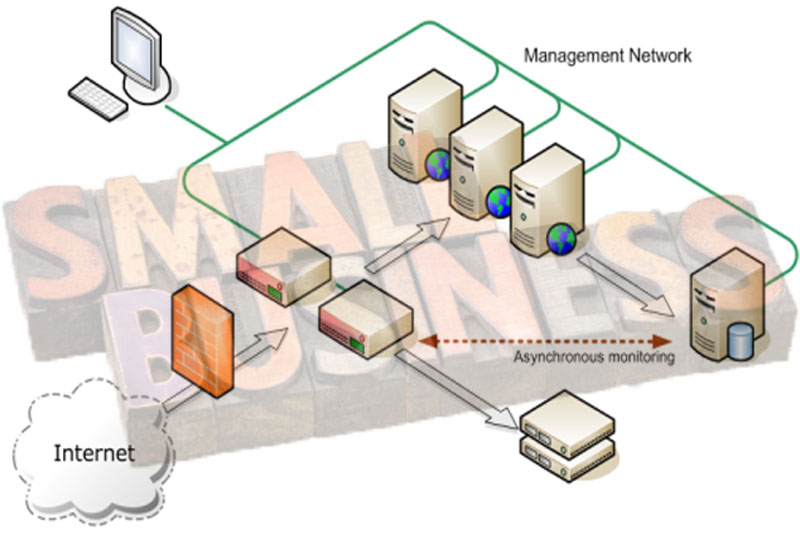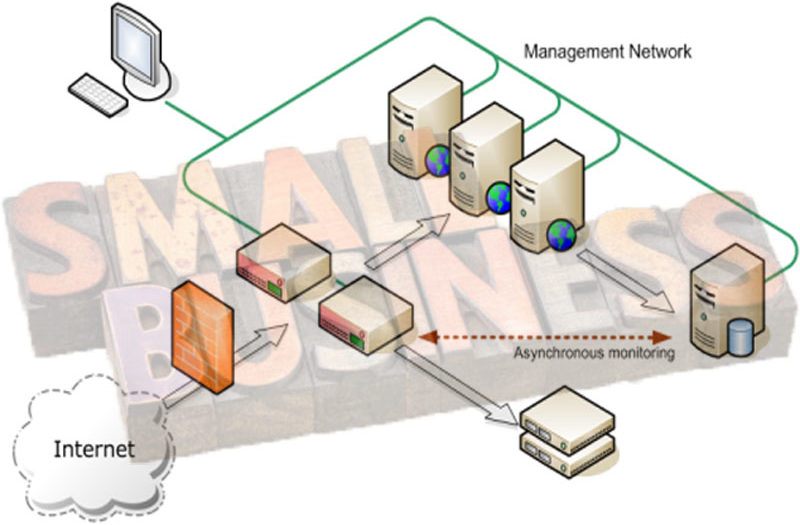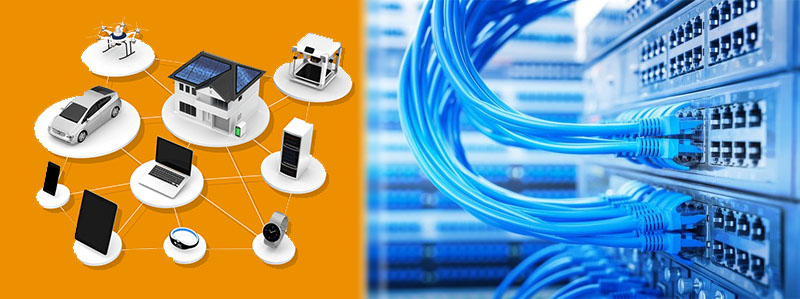Designing Small Business Computer Network – What Should You Do?
Basically designing small, medium, or enterprise class computer networks are principally similar. You need to design your private network infrastructure to provide the availability and reliability of network resources; network security system to protect your network resources against any types of threats, and secure global communication system. Small business computer network should include these three aspects: the private network; the end-point security system for internet threats protection; and a secure way in providing system communication with global internet.

For example, in your business network you need to provide database application to support your finance management, and an email server to support your business communication, you allow authorized users to connect via internet from homes, or probably you need to link other branch offices via WAN cloud connection. Dig as much information as possible before designing your small business network. The following lists some areas you probably need to implement in … Continue reading >>>












